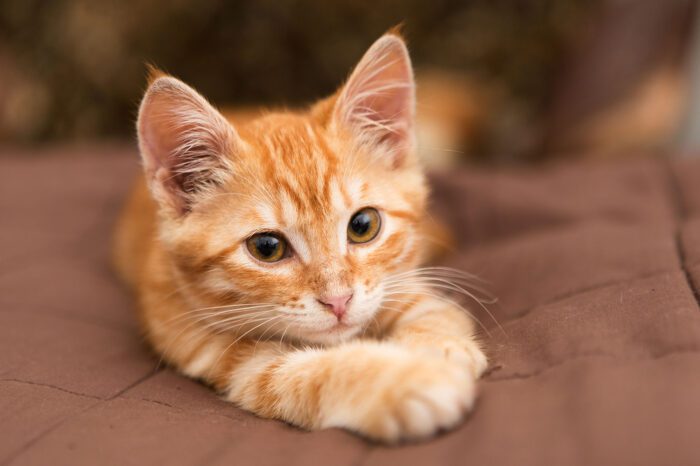Feline megacolon is a disease condition characterized by a large, distended colon that has lost its ability to contract properly. When this occurs, feces build up within the affected segment and prevent normal flow of ingesta through the intestinal tract.
Megacolon is caused by a disruption of or lack of nerve activity in the muscular walls of the colon. It might occur secondary to spinal cord trauma, other diseases affecting the nervous system, or, as in the case of some Manx cats, be inherited.
The clinical signs associated with feline megacolon can vary. Straining to defecate is certainly the most obvious sign; diarrhea can also be seen alongside firm, hard stools. If the obstruction is severe, vomiting, dehydration, and loss of appetite can be seen as well.
Diagnosis of feline megacolon can be made on physical examination and, for confirmation, from radiographs. Treatment involves removing the fecal impaction using warm-water enemas and by infusing the colon with mineral oil.
Enemas designed for use in humans should not be used in cats, as the components of a human enema solution can cause severe dehydration in cats, Severe cases might require surgical relief of the impaction.
There is no effective cure for this condition; as a result, preventive maintenance therapy should be used to prevent recurrences. Giving an oral hairball laxative on a daily basis will help keep fecal matter moving along nicely.
Increasing the amount of fiber in the diet has also been shown to be helpful in preventing relapses.

